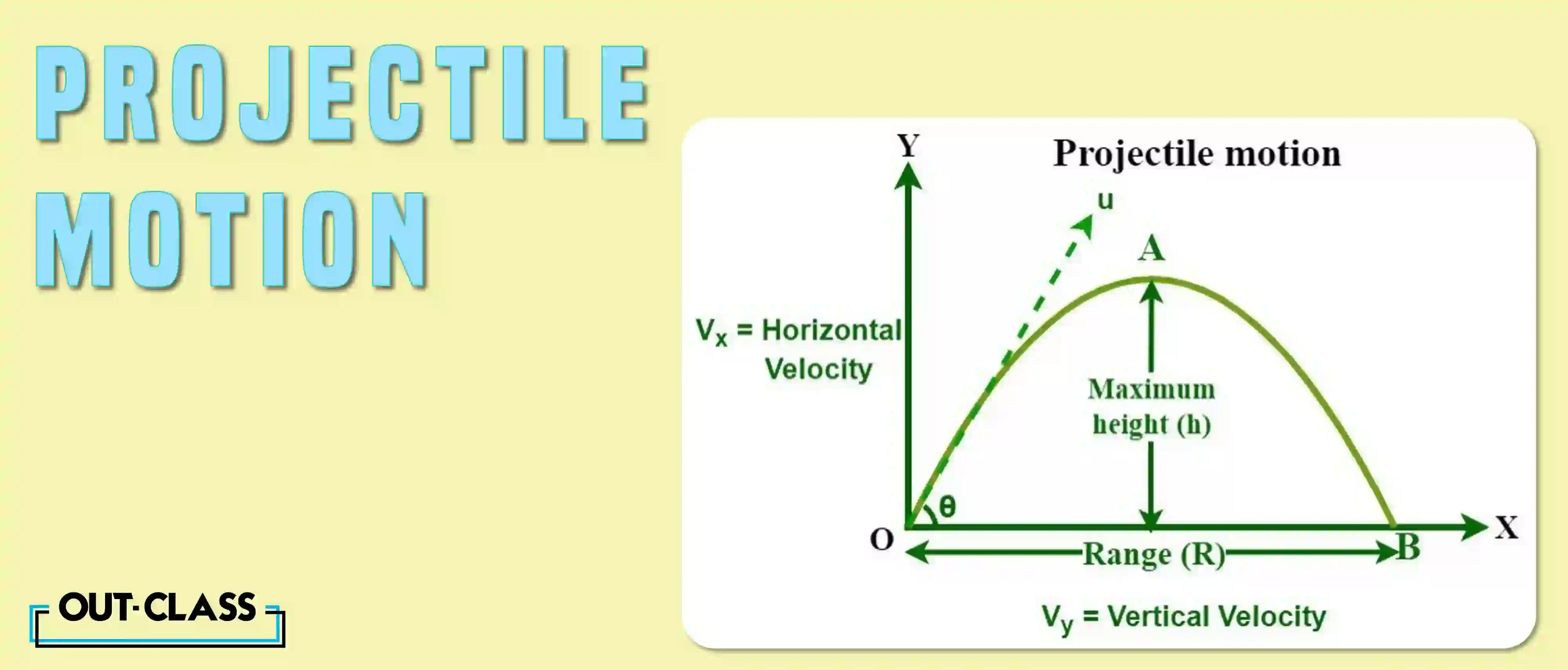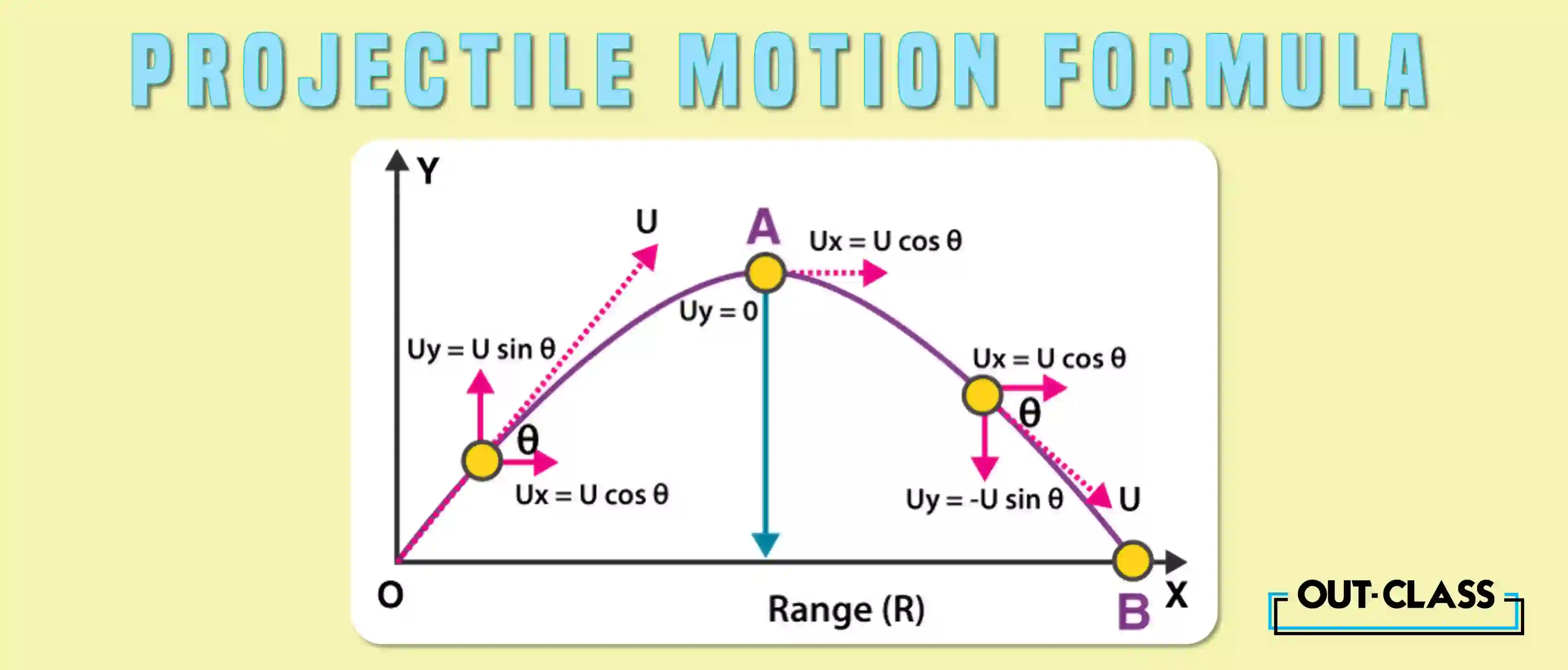If you've ever wondered, "What is projectile motion?" – buckle up, because we're about to launch into a technical exploration filled with wit, mechanics, and formulas that make Physics downright entertaining.
What is Projectile Motion in Simple Words?
Projectile motion is an object's curved path or movement when subjected to gravity near the Earth's surface. Projectile motion has two independent components: horizontal motion (along the x-axis) and vertical motion (along the y-axis).
Components of Projectile Motion:
The technical aspect involves breaking down the object's motion into horizontal and vertical components. The horizontal projectile motion remains constant, assuming no other forces (like air resistance) are acting on the object.
Horizontal Projectile Motion
The horizontal component of projectile motion refers to the object's motion in the horizontal direction (parallel to the Earth's surface).
In the absence of air resistance, no horizontal force acts on the projectile once launched. As a result, the horizontal velocity remains constant throughout the motion.
Vertical Projectile Motion
The vertical component of projectile motion involves the motion of the object in the vertical direction (perpendicular to the Earth's surface).
Gravity affects the vertical motion, causing the projectile to accelerate downward. The vertical velocity changes over time due to the acceleration caused by gravity.
Understanding Projectile Motion Mechanics: Derivation of Projectile Motion
The horizontal projectile motion equation is derived by:
Range = V^2⋅sin(2θ)/g
V is the initial velocity
θ is the launch angle
g is the acceleration due to gravity
On the vertical front, the equation for maximum height (H) is:
H = V^2⋅sin^2(θ)/2g
These formulas might seem like an enigma at first, but fear not! They're the keys to unlocking the mysteries of projectile motion.
Example:
Now, let's put theory into action with real-world examples. Think of a soaring football in the air or a gymnast executing a flawless somersault. These are manifestations of projectile motion in the physical realm, showcasing the harmonious dance between velocity, launch angle, and gravity.
Conclusion
Understanding "What is projectile motion?" transcends rote learning. It's a dynamic fusion of Science, Mathematics, and a touch of whimsy. Armed with accurate formulas and a sense of curiosity, you're now equipped to explore the thrilling world of projectile motion. Happy launching!




